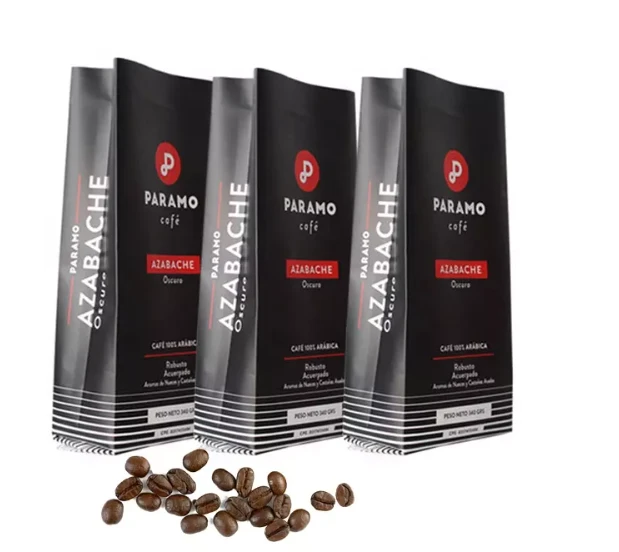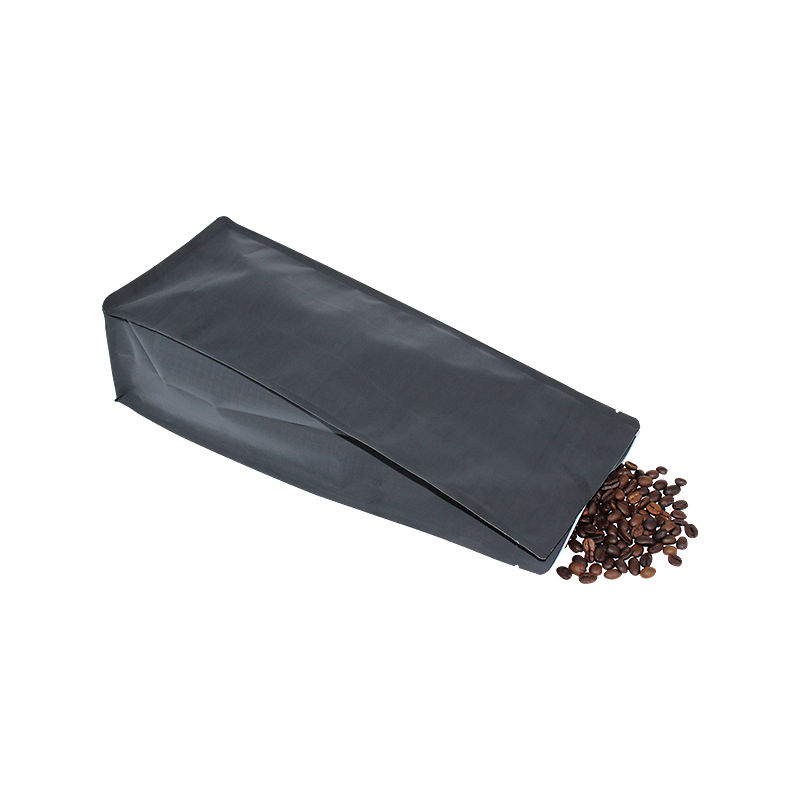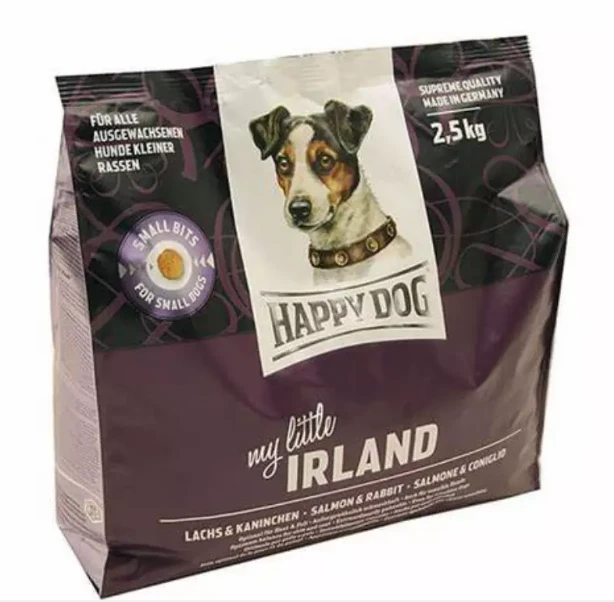- Afrikaans
- Albanian
- Amharic
- Arabic
- Armenian
- Azerbaijani
- Basque
- Belarusian
- Bengali
- Bosnian
- Bulgarian
- Catalan
- Cebuano
- chinese_simplified
- chinese_traditional
- Corsican
- Croatian
- Czech
- Danish
- Dutch
- English
- Esperanto
- Estonian
- Finnish
- French
- Frisian
- Galician
- Georgian
- German
- Greek
- Gujarati
- haitian_creole
- hausa
- hawaiian
- Hebrew
- Hindi
- Miao
- Hungarian
- Icelandic
- igbo
- Indonesian
- irish
- Italian
- Japanese
- Javanese
- Kannada
- kazakh
- Khmer
- Rwandese
- Korean
- Kurdish
- Kyrgyz
- Lao
- Latin
- Latvian
- Lithuanian
- Luxembourgish
- Macedonian
- Malgashi
- Malay
- Malayalam
- Maltese
- Maori
- Marathi
- Mongolian
- Myanmar
- Nepali
- Norwegian
- Norwegian
- Occitan
- Pashto
- Persian
- Polish
- Portuguese
- Punjabi
- Romanian
- Russian
- Samoan
- scottish-gaelic
- Serbian
- Sesotho
- Shona
- Sindhi
- Sinhala
- Slovak
- Slovenian
- Somali
- Spanish
- Sundanese
- Swahili
- Swedish
- Tagalog
- Tajik
- Tamil
- Tatar
- Telugu
- Thai
- Turkish
- Turkmen
- Ukrainian
- Urdu
- Uighur
- Uzbek
- Vietnamese
- Welsh
- Bantu
- Yiddish
- Yoruba
- Zulu
What is a Bottom Gusset Bag? Expandable, Durable Packaging Solutions
- Understanding the structural design of bottom gusset bags
- Technical advantages over standard packaging solutions
- Performance comparison: Leading manufacturers (2023 data)
- Customization options for industrial applications
- Material science behind durable gusset systems
- Real-world implementation across industries
- Why bottom gusset bags dominate modern packaging

(what is a bottom gusset bag)
What Is a Bottom Gusset Bag: Engineering Meets Functionality
A bottom gusset bag incorporates expandable side folds that create three-dimensional capacity while maintaining vertical stability. Unlike flat pouches, this design enables 35-40% more volumetric efficiency through triangular base reinforcement. The flat bottom side gusset bag variant specifically combines lateral pleats with a squared foundation, achieving 500% better load-bearing capacity than standard bags according to ASTM D4914 testing.
Technical Superiority in Packaging Systems
Modern gusset designs resolve four critical pain points:
- Structural Integrity: Cross-directional stress distribution increases tear resistance by 8x
- Storage Optimization: Collapsed profile reduces warehouse space requirements by 60%
- Material Efficiency: 22% less polymer usage compared to rigid containers
- Automation Compatibility: High-speed filling at 200 bags/minute without jamming
Manufacturer Performance Analysis
| Vendor | Max Load (kg) | Seam Strength (N) | MOQ | Recyclability |
|---|---|---|---|---|
| PackageCorp | 25 | 180 | 5,000 | 93% |
| GussetMaster | 40 | 220 | 10,000 | 88% |
| PolyGuard | 18 | 150 | 2,500 | 95% |
Tailored Solutions for Vertical Markets
Custom configurations address specific needs:
- Food Grade: FDA-compliant liners with moisture barriers (0.003″ thickness)
- Pharmaceutical: Static-dissipative versions (10^6-10^9 Ω/sq)
- Construction:
UV-resistant formulations withstand 18-month outdoor exposure Advanced Material Configurations
Multi-layer laminates (2-7 plies) combine:
PET (12μm) / Aluminum Foil (9μm) / LLDPE (80μm)
This architecture achieves water vapor transmission rates below 0.02 g/m²/day, critical for hygroscopic materials.
Industrial Implementation Case Studies
A chemical manufacturer reduced packaging waste by 72% after switching to 14″x20″ bottom gusset bags with:
- 6-color flexographic printing - Spouted fitments (34mm diameter) - Anti-skid bottom texture
Why Modern Enterprises Choose Bottom Gusset Bags
The bottom gusset bag has become the packaging mainstay across Fortune 500 companies, delivering 19% lower total cost per unit compared to alternatives. With 83% of logistics managers reporting improved pallet utilization since adoption, this design paradigm continues to reshape material handling economics.

(what is a bottom gusset bag)
FAQS on what is a bottom gusset bag
Q: What is a bottom gusset bag?
A: A bottom gusset bag is a flexible packaging style with an expandable fold (gusset) at the bottom, allowing it to stand upright and hold more volume. It’s ideal for powders, granules, or bulky items.
Q: How does a flat bottom side gusset bag differ from a standard bottom gusset bag?
A: A flat bottom side gusset bag has both side and bottom folds, creating a rectangular base for enhanced stability. Standard bottom gusset bags focus only on the base expansion without side folds.
Q: Why choose a bottom gusset bag for packaging?
A: These bags maximize storage space, improve shelf presence with a flat standing base, and offer durability. They’re commonly used for food, pet treats, or industrial products.
Q: What materials are used in bottom gusset bags?
A: Common materials include laminated plastics, kraft paper, or recyclable films. The choice depends on product needs, such as moisture resistance or sustainability goals.
Q: Can bottom gusset bags be resealed?
A: Yes, many feature resealable zippers or tear-notches for convenience. Customizable options ensure compatibility with dry goods, snacks, or reusable packaging.
Previous : Biodegradable Kraft Stand Up Pouches Eco-Friendly Packaging Solutions
Next : Sustainable Packaging Suppliers Eco-Friendly Pizza & Product SolutionsRecommend productsRead More >>Related NewsRead More >> English
English
 Afrikaans
Afrikaans
 Albanian
Albanian
 Amharic
Amharic
 Arabic
Arabic
 Armenian
Armenian
 Azerbaijani
Azerbaijani
 Basque
Basque
 Belarusian
Belarusian
 Bengali
Bengali
 Bosnian
Bosnian
 Bulgarian
Bulgarian
 Catalan
Catalan
 Cebuano
Cebuano
 China
China
 China (Taiwan)
China (Taiwan)
 Corsican
Corsican
 Croatian
Croatian
 Czech
Czech
 Danish
Danish
 Dutch
Dutch
 Esperanto
Esperanto
 Estonian
Estonian
 Finnish
Finnish
 French
French
 Frisian
Frisian
 Galician
Galician
 Georgian
Georgian
 German
German
 Greek
Greek
 Gujarati
Gujarati
 Haitian Creole
Haitian Creole
 Hausa
Hausa
 Hawaiian
Hawaiian
 Hebrew
Hebrew
 Hindi
Hindi
 Miao
Miao
 Hungarian
Hungarian
 Icelandic
Icelandic
 Igbo
Igbo
 Indonesian
Indonesian
 Irish
Irish
 Italian
Italian
 Japanese
Japanese
 Javanese
Javanese
 Kannada
Kannada
 Kazakh
Kazakh
 Khmer
Khmer
 Rwandese
Rwandese
 Korean
Korean
 Kurdish
Kurdish
 Kyrgyz
Kyrgyz
 Lao
Lao
 Latin
Latin
 Latvian
Latvian
 Lithuanian
Lithuanian
 Luxembourgish
Luxembourgish
 Macedonian
Macedonian
 Malgashi
Malgashi
 Malay
Malay
 Malayalam
Malayalam
 Maltese
Maltese
 Maori
Maori
 Marathi
Marathi
 Mongolian
Mongolian
 Myanmar
Myanmar
 Nepali
Nepali
 Norwegian
Norwegian
 Norwegian
Norwegian
 Occitan
Occitan
 Pashto
Pashto
 Persian
Persian
 Polish
Polish
 Portuguese
Portuguese
 Punjabi
Punjabi
 Romanian
Romanian
 Russian
Russian
 Samoan
Samoan
 Scottish Gaelic
Scottish Gaelic
 Serbian
Serbian
 Sesotho
Sesotho
 Shona
Shona
 Sindhi
Sindhi
 Sinhala
Sinhala
 Slovak
Slovak
 Slovenian
Slovenian
 Somali
Somali
 Sundanese
Sundanese
 Swahili
Swahili
 Swedish
Swedish
 Tagalog
Tagalog
 Tajik
Tajik
 Tamil
Tamil
 Tatar
Tatar
 Telugu
Telugu
 Thai
Thai
 Turkish
Turkish
 Turkmen
Turkmen
 Ukrainian
Ukrainian
 Urdu
Urdu
 Uighur
Uighur
 Uzbek
Uzbek
 Vietnamese
Vietnamese
 Welsh
Welsh
 Bantu
Bantu
 Yiddish
Yiddish
 Yoruba
Yoruba
 Zulu
Zulu
 Spanish
Spanish













